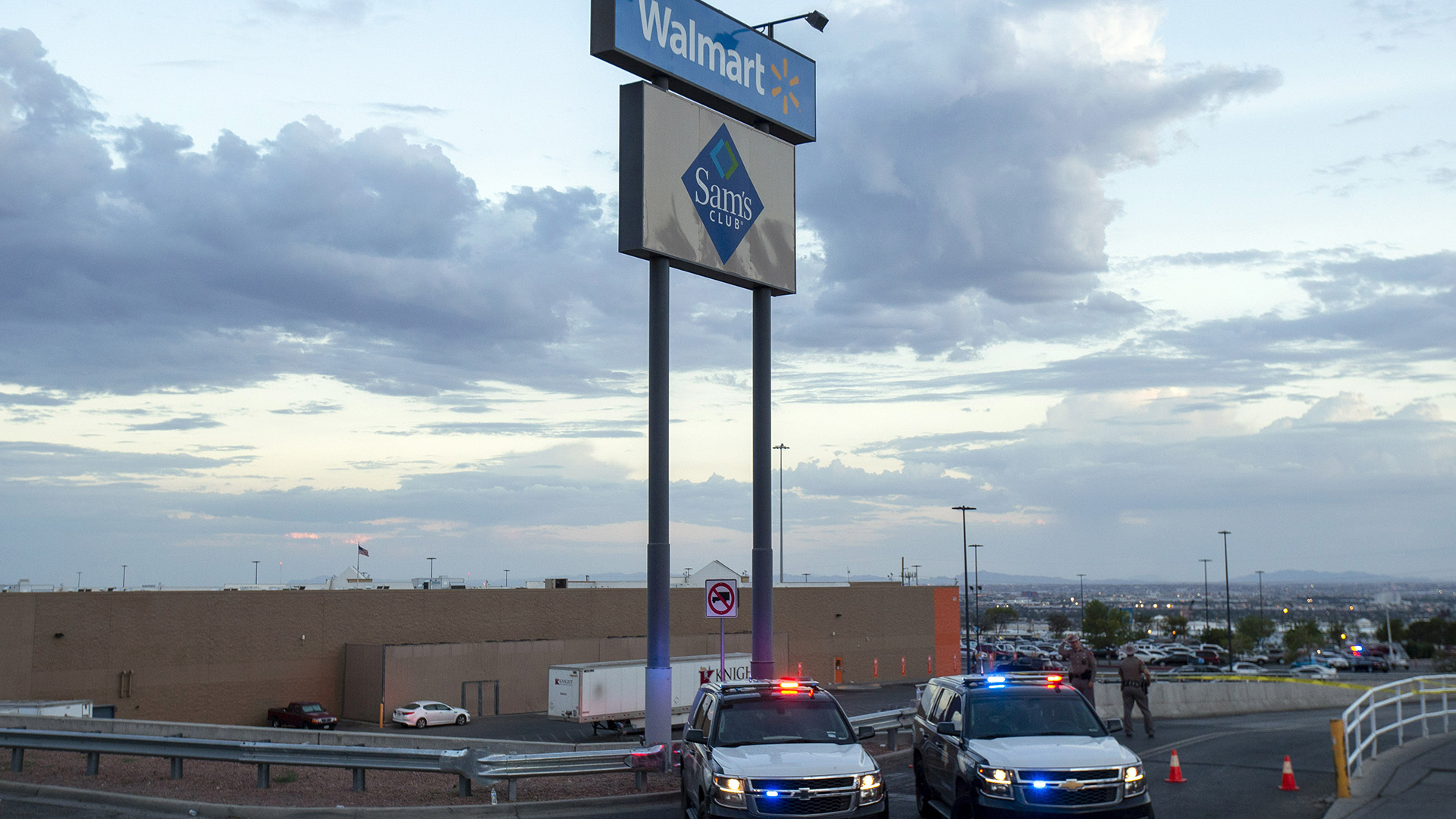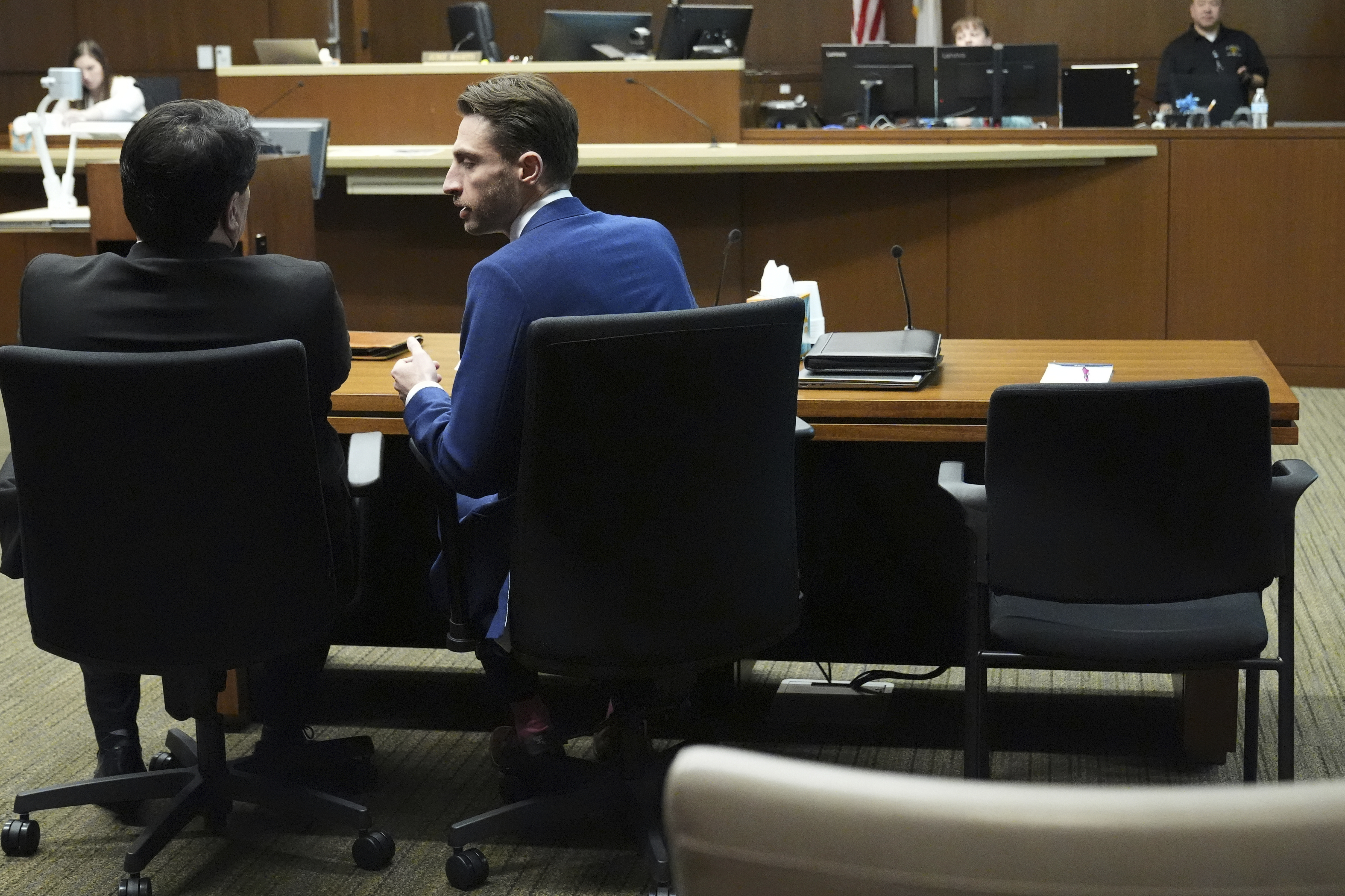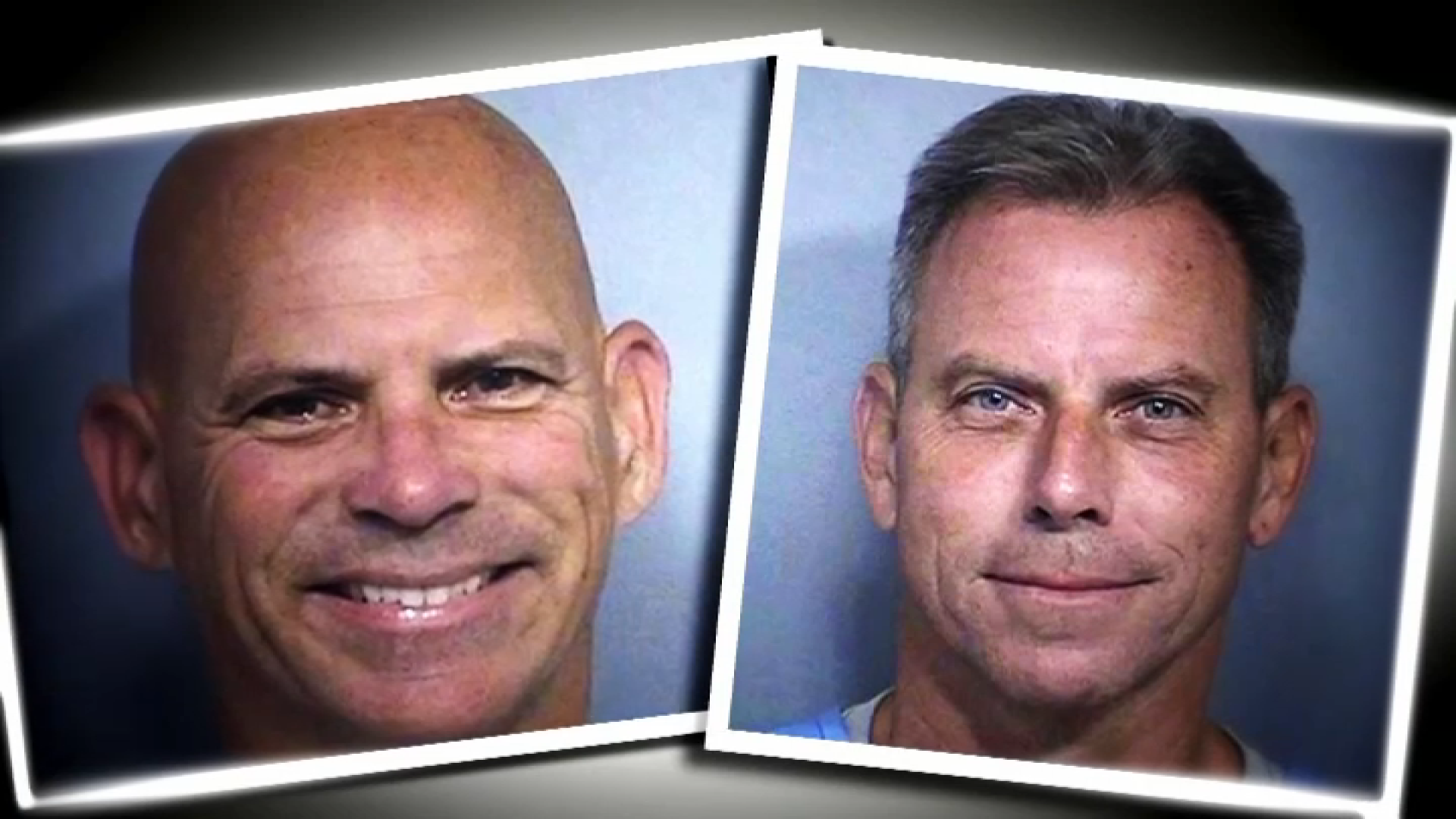El Paso Shooter Pleads Guilty: Closure After Death Penalty Off
El Paso Walmart Shooting: Guilty Plea Brings Closure After Death Penalty Removed
Introduction: A Chapter Closes in the El Paso Tragedy
The echoes of August 3, 2019, still reverberate through El Paso, Texas. On that day, a horrific act of violence forever scarred the city, claiming the lives of 23 innocent people at a Walmart near the U.S.-Mexico border. Now, four years later, a significant step has been taken towards closure: Patrick Crusius, the gunman responsible for the massacre, has pleaded guilty to capital murder in a state district court. But what does this guilty plea really mean for the victims, their families, and the community as a whole?
The Guilty Plea: Acknowledging the Unspeakable
The courtroom was undoubtedly filled with heavy hearts as Crusius, the man who confessed to targeting Hispanics in his deadly rampage, admitted his guilt. This admission removes any lingering doubts about his culpability, offering a measure of justice for the lives he shattered. The plea, however, comes with a significant caveat: the death penalty has been taken off the table.
Life Without Parole: The Sentence Defined
Crusius's guilty plea automatically triggers a sentence of life in prison without the possibility of parole. He will spend the remainder of his days incarcerated, unable to inflict further harm on society. Is this true justice, though? Some might argue that the death penalty would have been a more fitting punishment, while others may find solace in knowing that he will never walk free again. It is something for the community to decide.
Why No Death Penalty? Local Prosecutors Explain
The Cost of Prosecution: Weighing the Options
The decision to drop the death penalty wasn't made lightly. Local prosecutors considered numerous factors, including the immense financial burden and protracted legal battles associated with death penalty cases. These cases can drag on for years, even decades, draining resources and prolonging the pain for the victims' families. Was this a purely financial decision, or were there other considerations at play?
The Emotional Toll: Minimizing Further Trauma
Death penalty trials are emotionally grueling, requiring families to relive the horrific details of the crime time and again. By accepting the guilty plea, prosecutors aimed to minimize further trauma and provide a sense of finality, albeit an imperfect one. The goal was to bring some measure of peace to a community still grappling with immense grief.
The Federal Case: A Separate Legal Battle
It's important to note that Crusius still faces federal charges, including hate crimes and firearms offenses. These charges carry the potential for a separate death penalty sentence. The Department of Justice has yet to announce its decision on whether to pursue capital punishment in the federal case. This sets the stage for another potential legal battle, which can take years to resolve.
The Motive: Targeting Hispanics in a Racist Attack
A Manifesto of Hate: Crusius's Disturbing Ideology
Before the shooting, Crusius allegedly posted a racist manifesto online, expressing his hatred for Hispanics and his fear of a "Hispanic invasion" of Texas. This document provided a chilling insight into his twisted worldview and underscored the deeply rooted racism that fueled his actions. This wasn't a random act of violence; it was a calculated attack motivated by hate.
The Impact on the Community: Fear and Division
The shooting sent shockwaves through the El Paso community, a predominantly Hispanic city with strong ties to its neighbor, Ciudad Juárez, Mexico. It sowed fear and division, forcing residents to confront the harsh reality of racism and xenophobia. How does a community heal after such a targeted act of hate? It takes time, understanding, and a commitment to building bridges instead of walls.
Remembering the Victims: Honoring Their Lives
While legal proceedings unfold, it's crucial to remember the 23 lives that were tragically cut short. They were mothers, fathers, sons, daughters, grandparents, and friends. Each one had a story, a dream, and a unique contribution to make to the world. Their memories should serve as a constant reminder of the devastating consequences of hate and violence.
El Paso's Resilience: A City United in Grief
From Tragedy to Solidarity: The Community's Response
In the wake of the shooting, El Paso demonstrated remarkable resilience and unity. People from all walks of life came together to support the victims' families, offer comfort to the grieving, and denounce hate in all its forms. The city showed the world that love and compassion can triumph over darkness and despair.
Healing and Hope: Moving Forward Together
The healing process is ongoing, but El Paso is committed to building a more inclusive and just society. The community is working to address the root causes of hate, promote understanding between different groups, and ensure that such a tragedy never happens again. Will they succeed? Only time will tell, but the spirit of El Paso remains strong.
The Political Fallout: Gun Control and Immigration Debate
The El Paso shooting reignited the debate over gun control and immigration policies in the United States. Some called for stricter gun laws to prevent future mass shootings, while others pointed to the need for comprehensive immigration reform. The tragedy became a flashpoint in the ongoing political divide, highlighting the urgent need for meaningful dialogue and common-sense solutions.
The Broader Context: Addressing White Supremacy
The El Paso shooting served as a stark reminder of the dangers of white supremacy and other forms of extremist ideology. It underscored the need to actively combat hate speech and online radicalization, and to promote tolerance and understanding in schools and communities. Ignoring these issues will only allow them to fester and potentially lead to further violence.
The Future of the Case: What's Next?
With the state case resolved, attention now shifts to the federal charges against Crusius. The Department of Justice will have to decide whether to pursue the death penalty in that case. Regardless of the outcome, the legal proceedings are likely to continue for some time, keeping the memory of the El Paso shooting alive in the public consciousness. This brings up the question, will it bring more healing or pain?
Beyond the Courtroom: Lessons Learned and Actions Needed
Combating Hate: Education and Awareness
The El Paso tragedy teaches us the importance of combating hate speech and promoting tolerance in all aspects of society. This includes educating children about diversity and inclusion, challenging stereotypes and biases, and speaking out against prejudice whenever we see it. Silence is complicity, and we must all be active participants in building a more just and equitable world.
Strengthening Community Bonds: Building Bridges, Not Walls
The shooting also highlights the need to strengthen community bonds and foster understanding between different groups. This means creating opportunities for people from diverse backgrounds to come together, share their experiences, and build relationships. It also means addressing the underlying social and economic inequalities that can fuel division and resentment.
Conclusion: A Step Towards Closure, But the Journey Continues
Patrick Crusius's guilty plea marks a significant step towards closure for the victims' families and the El Paso community. While the pain of that tragic day will never fully disappear, this legal development offers a measure of justice and allows the healing process to continue. However, the journey is far from over. We must continue to remember the victims, address the root causes of hate, and work towards a future where such violence is unthinkable. Only then can we truly honor the memory of those who were lost.
Frequently Asked Questions
- Why did the local prosecutors remove the death penalty option?
Local prosecutors cited the financial burden, the emotional toll on victims' families of a lengthy death penalty trial, and the desire to bring some finality to the case as key reasons for removing the death penalty option.
- What happens next with the federal charges against Patrick Crusius?
The Department of Justice will decide whether to pursue the death penalty in the federal case, which includes hate crimes and firearms offenses. This process could take months or even years.
- How has the El Paso community responded to the shooting and the guilty plea?
The El Paso community has shown remarkable resilience and unity, offering support to the victims' families and denouncing hate. The guilty plea provides some measure of closure, but the healing process is ongoing.
- What can individuals do to help prevent similar tragedies in the future?
Individuals can combat hate speech, promote tolerance and understanding, support organizations working to address the root causes of violence, and advocate for common-sense gun safety measures.
- How can I support the El Paso community as they continue to heal?
You can donate to organizations that support the victims' families and the community, educate yourself about the issues facing El Paso, and speak out against hate and violence in your own community.


